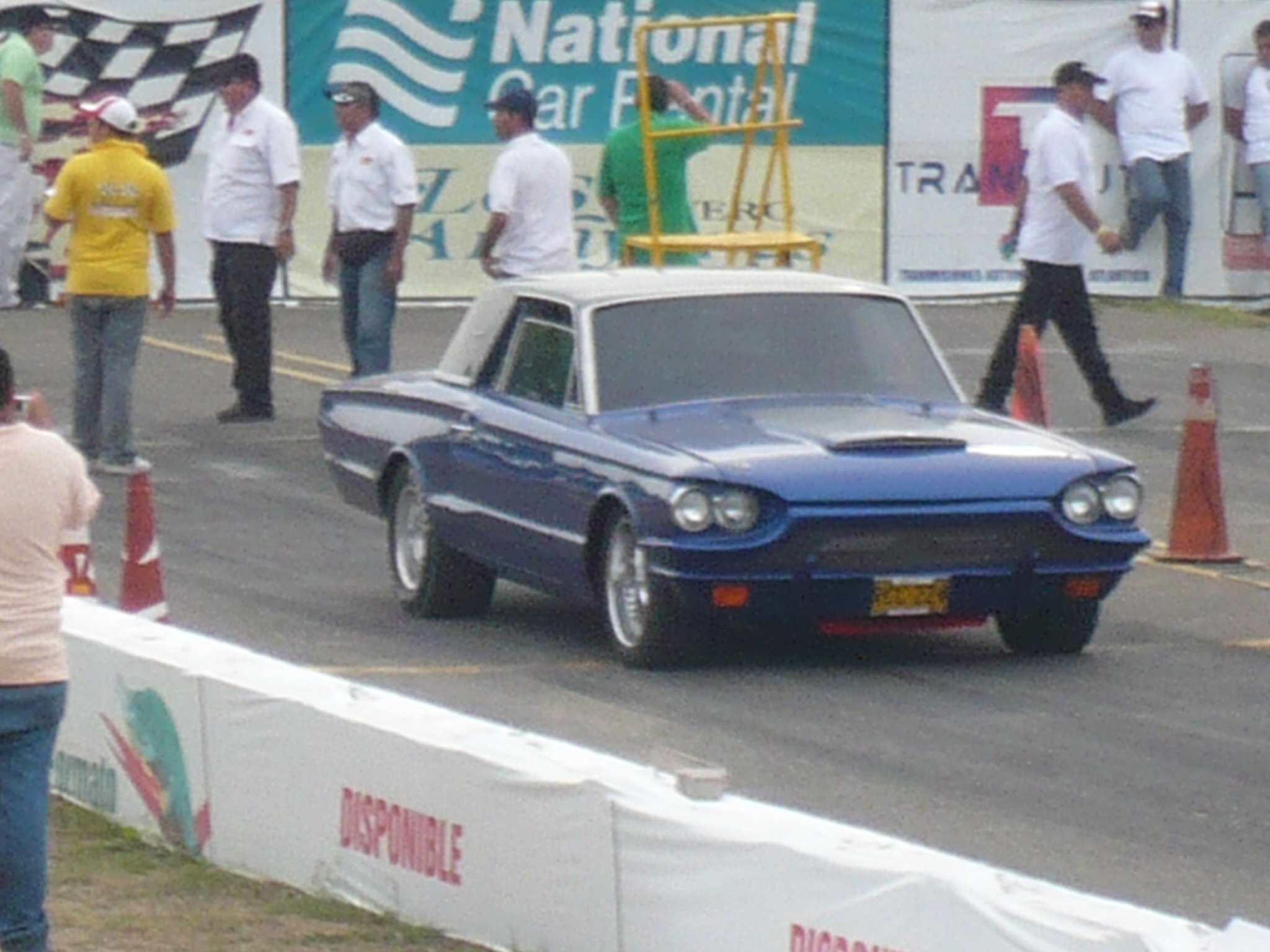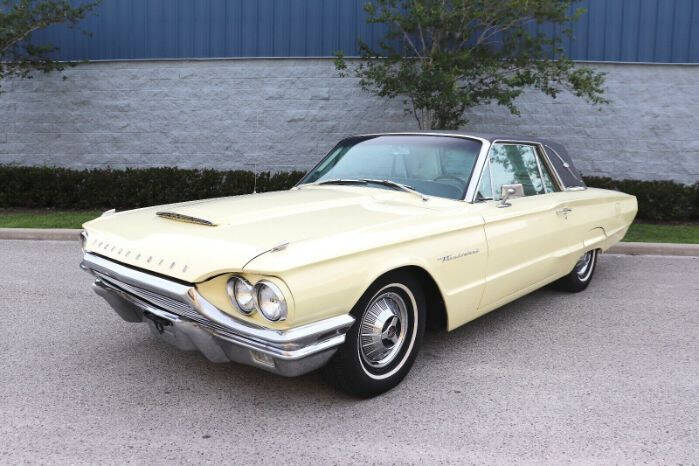

Today, this ’64 Thunderbird became part of the car donation wizard program and is slated to help save the lives of mistreated and abused animals around the world. It’s got a 390 cubic inch, 4V, V-8 engine and was the 139,991 car ordered for production.

2 Modifications continued until sales started to fall in 1981…which some will proclaim was the beginning of the end for the Ford Thunderbird who could never really recapture the market strength it once boasted.Īccording to its VIN (Vehicle Identification Number), this particular Ford is a 1964 convertible that came off the line in Wixom, Michigan. In response to small trunk space concerns from owners, Ford introduced the “deep well” trunk in this year’s model creating more room than ever before.

Only 92,465 units of the ‘64 model were produced 1 and it was the only model to have the word “Thunderbird’ on the front hood instead of the image of the Thunderbird.

Something Special: Ford manufactured over 4.4 million T-birds over the span of 50 years beginning in 1955. So, while the T-bird was “shiny and pretty” to me as a child,…now I “get it”, Dad. Now an adult with a small child of my own, I know how much blood, sweat and tears (and money) go into making “the impossible”, possible. By the time it was stolen from us in the middle of the night, dad had it just shy of completely restored. It needed lots of work, but that’s why he bought it. My Dad had a T-bird when I was just a kid. It’s made even sweeter because proceeds are supporting animal welfare organization, LAST CHANCE FOR ANIMALS. That makes me super excited about the ’64 convertible Thunderbird we received as a car donation – pictured above with Kelly, Melanie and Kayla. There is something about this automobile that melts my heart. Unless, of course, we’re talking about the Ford Thunderbird. And, while I deeply appreciate the passion some people have for all things auto, to me a car is a car. In 1966, the carmaker improved that engine and offered it with 315 hp and, for those who were still missing the punch of its predecessors, it offered a 7.0-liter V8 with 345 hp.I’m not someone who stops in their tracks when a certain vehicle drives by, or knows the differences between a 19 model of ANY car. Under the hood, Ford installed a 6.4-liter engine that provided 300 hp. That's why Ford sold the T-Bird in over 200.000 units in less than three years. Thanks to its generous wide and wood-trimmed center console, it created a luxurious image that was hard to beat by most of its competitors. The generous, wide speedometer took the top side of the instrument panel, while the other four gauges were lined-up underneath it. Inside, Ford installed comfortable seats and a dashboard that featured an extended lip on its upper side. The Thunderbird was offered as a hardtop coupe or as a convertible with an electrical opening mechanism carried over from the Lincoln Continental. The headlights clusters mimicked an eagle eye with their shapes, while the raked-forward grille created a dynamic, not sporty, image. Its long, wide, and flat hood was extended over the front dual-headlamps. It cared about image, comfort, and performance. The fourth-generation was a four-seat coupe longer than many four-door sedans. Although, with the fourth generation's introduction, it was clear that Ford didn't want to fight with the Corvette, at least not with the T-Bird. It was the car that made Corvette looks foolish, and it did that while offering a higher level of comfort. That credit went to the newly launched Mustang.īy the mid-'60s, the Thunderbird was already known and respected both on the streets and in car culture. The fourth generation of the T-Bird evolved into a personal luxury coupe, and it stepped away from its previous sporty image.


 0 kommentar(er)
0 kommentar(er)
